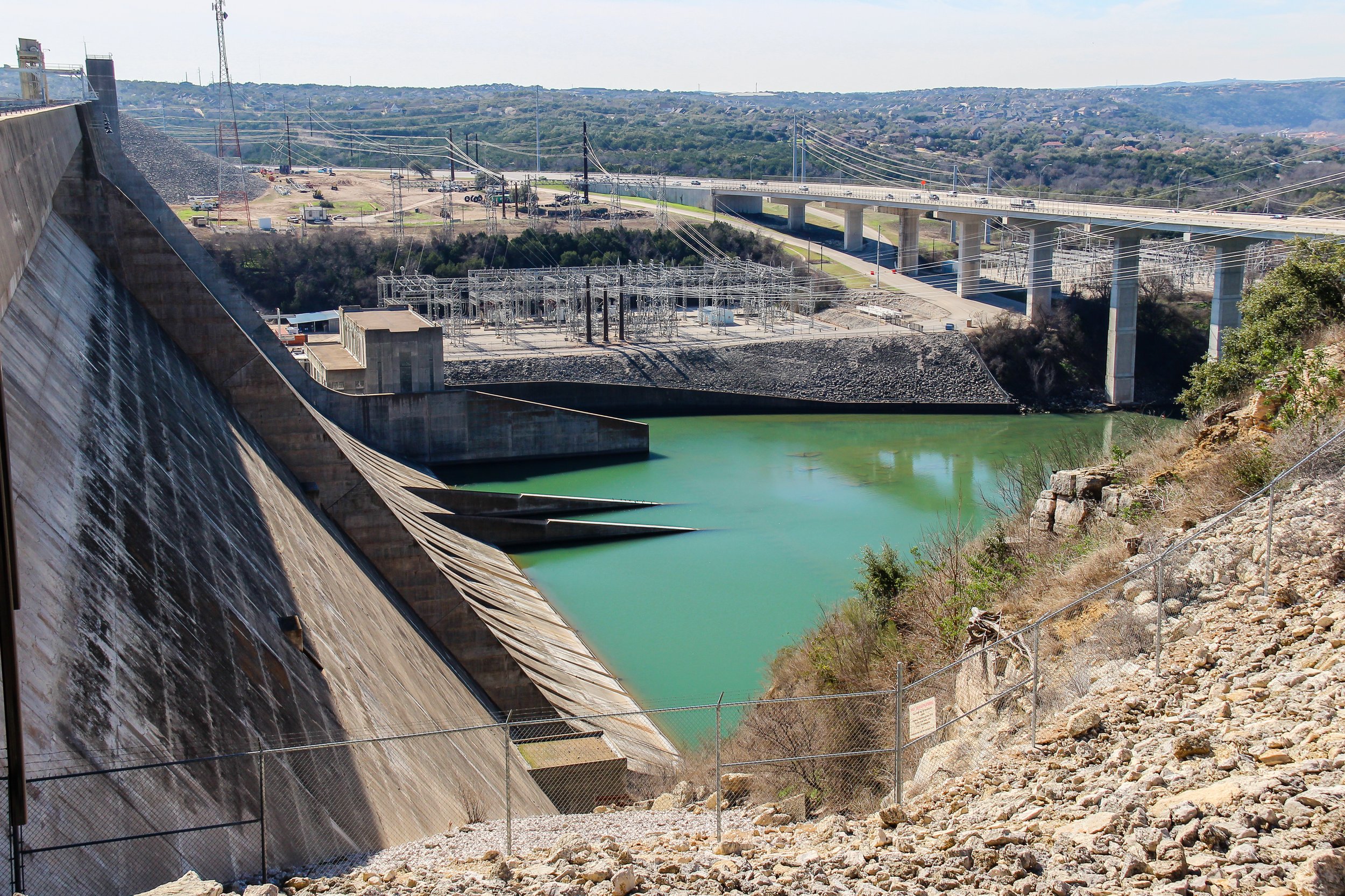The Dam. A Cautionary Tale.
This is a story taken from Robert Caro’s brilliant biography of Lyndon Johnson, the Texan politician who became the 36th president of the United States. It is a cautionary tale to property developers and land owners who might rush into a project without the proper due diligence.
The tale involves the civil engineers Brown and Root and the Marshall Ford Dam that crosses the lower Colorado river in Texas. In 1936 the Bureau of Reclamation announced that it was taking bids for a $10m Dam at the Marshall Ford. Brown and Root was, at that time, a small engineering contractor that had undertaken small project throughout Texas. This was something different. This was the big one. Through the assistance of their lawyer, who just happened to act for the Lower Colorado River Authority, Brown and Root secured the contract to build the Dam.
The First Problem
This arose as the Bureau had not been authorised to build the Dam. Each project to be built under the River and Harbours Relief appropriation act had to be specifically authorised by Congress. The Control General’s office had noticed the lack of authorisation and had refused to advance the initial $5m expenditure on the Dam. A Texas congressman who supported the project stated that it would be authorised next year and Brown and Root went ahead on this basis. The start on site was to cost Brown and Root $1.5m for specialist temporary works. This money was to be borrowed to be repaid out of the second tranche of $5m. The Marshall Ford Dam was therefore a huge risk for Brown and Root. If the authorisation did not come through in 1937 the company would be wiped out.
Brown and Root, however, needed the job. There was no other work in Texas. Everything was broke. Brown and Root went ahead, invested the $1.5m and engaged some 2000 workers on the Dam.
The Second Problem
The river bed was not owned by the Federal Government. Under federal law the Bureau of Reclamation had to own the land on which dams were built. In sixteen of the seventeen western states in which the bureau was authorised to build dams, this requirement would not have been an issue. When the former territories had been admitted to the Union, ownership of all public owned land was transferred to the Federal Government. Texas, however, was not a territory when admitted to the Union. It was an independent republic. It still owned public lands including river beds. Indeed the Texas legislature had forbidden the sale of all public land to anyone including the Federal Government.
This distinction had been overlooked by the bureau until a junior attorney had checked the title to discover that it was proposing to build a $10m dam on someone else’s land. This introduced a significant problem for Brown and Root. They were building on land not owned by their client and unable to draw the additional $5m to complete the project.
The Third Problem
An additional problem was that the Dam violated ‘work relief provisions’. The cost was paid out for materials and skilled labour. The work relief administrator was concerned to see that funds advanced by the Bureau were to be specifically for work relief. In the meantime Brown and Root carried a debt of $500,000.
The questions surrounding the Marshall Ford Dam were posed to President Roosevelt to decide. Lyndon Johnson played a vital role in the outcome and eventually authorisation was given.
The lesson here seems to be not to assume that title is in the name of your client landowner. Carry out due diligence and check all matters.
The Path to Power: The years of Lyndon Johnson by Robert Caro
$1 in 1936 is worth $22.63 today.
